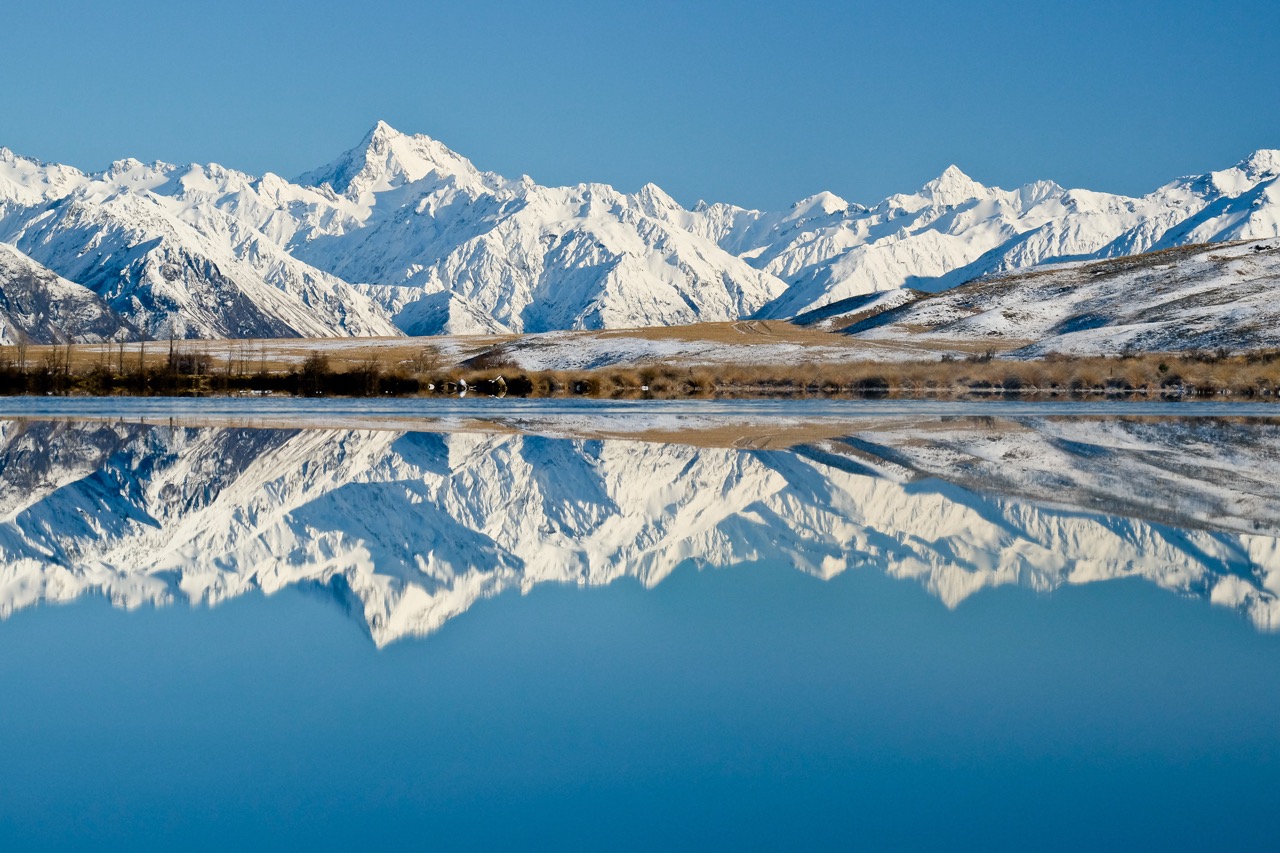A Budget Guide to Rotorua
It’s one of New Zealand’s most famous cities, surrounded as it is by geothermal activity. Everywhere you go, artesian water bubbles to the earth’s surface, geysers spray and mud pools gurgle.

It’s one of New Zealand’s most famous cities, surrounded as it is by geothermal activity. Everywhere you go, artesian water bubbles to the earth’s surface, geysers spray and mud pools gurgle. And there’s that all-pervasive smell of sulphur from the naturally emitted gases. Don’t worry… After a little while you get used to it, and a little bit of aromatic discomfort is worth it for the spectacular surroundings.
Get in your rental car and explore the countryside. Apart from the volcanic action, there are redwood forests, lakes, and waterfalls. You could dig deep into your pockets to do absolutely but check out the following things to see and do in Rotorua to save plenty of cash during your trip.
Rotorua’s Steamy Side
One of the best places to see bubbling mud pools, steaming crater lakes and hot springs is Kuirau Park, an easy walk from the city centre. It’s a great experience and, best of all, it’s completely free. There’s a spot where you can soak your feet in a thermal bath and there are gardens, playgrounds, and picnic areas where you can hang out for a while.
On the edge of Lake Rotorua is the Māori village of Ohinemutu, home to the Ngāti Whakaue tribe. You can follow the paths to see the Marae and carved meeting house, Tudor-style St Faith’s Church built in 1914, and how the people make the most of the geothermal energy, which they use for heating, cooking over boiling water vents, and bathing.
Down a forestry road about half an hour from Rotorua, you’ll find steaming waterfalls and natural pools where you can jump in and soak for free surrounded by lush forest. At Kerosene Creek, hot water from a natural spring beneath the earth bubbles up into the cold creek to create a delicious natural bathing experience at the base of a 2m waterfall. This is one of the few completely free geothermal bathing experiences around Rotorua. Just be sure to look after the environment, be respectful of other bathers, and take away any rubbish with you.
There are lots of places you can sink into hot springs and mud pools for bathing, but most of them are quite expensive. Instead, jump in the rental car and make tracks to Waitangi Soda Springs. The indigenous people have come here to heal and relax for as long as anyone can recall. They would live here during winter, where crops were stored, and fish and birds were cured or dried. The elders would observe the stars as they bathed at night and pass their knowledge on to the younger people. Now, you can visit these big natural outdoor pools and soak in them to your heart’s content. The change room facilities are basic, but the whole experience costs just $10.

Around Rotorua City
Right on the edge of Lake Rotorua, is a significant historical and cultural site for the local Māori people called Paepaekumana. In the late 1800s, they gifted 20 hectares of the land to the crown, which was then cleared and landscaped. An Elizabethan Tudor-style building was built to create a spa attraction. Now the building is home to Rotorua Museum, but unfortunately tests showed the structure wasn’t earthquake safe, so it’s closed until strengthening operations are complete (expected to be about 2025). But the manicured Government Gardens, with beds of flowers and roses, Japanese fir trees, weeping redwoods, sculptures, a band rotunda and tearooms, can still be enjoyed.
If you’re interested in pounamu (jade) and traditional Māori carving, head to Puawai Jade. Here, you can see specialist carver Niki Nepia and some of his colleagues at work in the studio and see their beautiful work in the shop. There’s more traditional and contemporary work to be explored at the Arts Village, with its three gallery spaces, co-op store, cafe, and pottery studio.
On Thursday nights, Tutanekai Street comes alive for the Rotorua Night Market. Loads of local artists, craftspeople and small businesses set up stalls and food trucks serve up street food and delicious dishes – burgers, tacos, sushi, dumplings, and desserts – that will satisfy any hunger pangs.

Nature’s Gift
At the southeastern corner of Lake Rotorua, you’ll find Sulphur Bay Wildlife Reserve. Follow the boardwalks and pathways – it takes about two hours to walk them all – to see not just the volcanic landscape of steaming vents and bubbling mud, but also unusual plants and rare birds that have adapted to survive in the unusual environment. The issue for these waterbirds – black-billed gulls and New Zealand dabchicks among them – is that the water in the bay is quite acidic, so you’ll often see the webs of their feet have been eaten away.
Drive the rental car to the opposite side of Lake Rotorua and follow the short, easy Okere Falls Track to different lookouts where you can see spectacular waterfalls and sometimes white-water rafters riding with the current down the Kaituna River. A great idea is to do this walk late in the afternoon. Once the sun has gone down, you can see glow worms in a few different places. Take a look on the embankment near the Tutea Falls lookout, but there are more of them inside Tutea Caves.

In 1901, about 12 hectares of Californian redwoods were planted in what is called Whakarewarewa Forest, about 10 minutes’ drive from Rotorua. Not all of them remain, but the ones that do are now about 70m tall. There are five different trails to follow but stretch those legs on the 7.5km Pohaturoa Track. It starts in the redwood glade before the path heads off into different countryside, including fern gullies and lookouts.
When you’re ready to explore Rotorua and surrounds, hire a rental car to make your travels easier.
_(1)-min.jpg)










